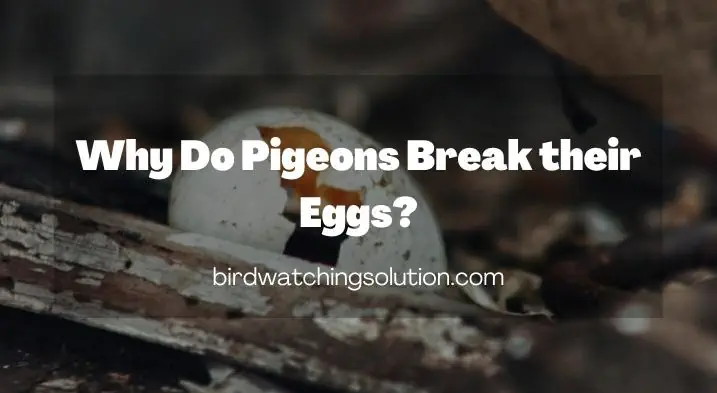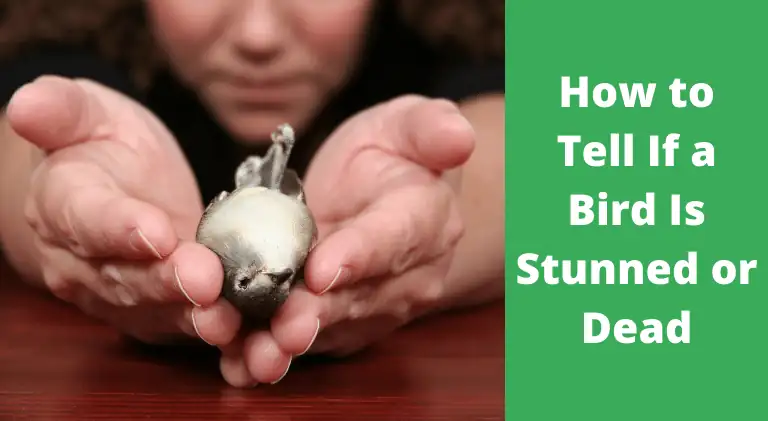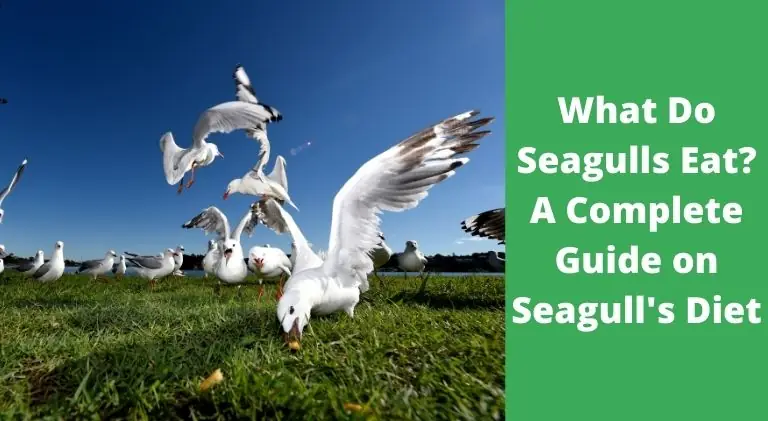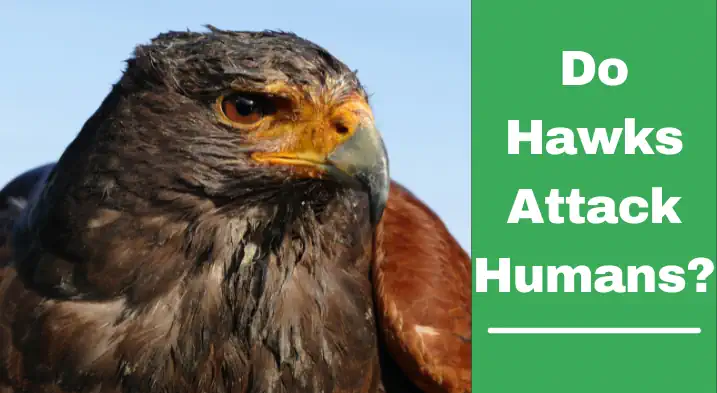How Do Woodpeckers Peck So Fast? (Woodpecking Explained)
According to studies, a woodpecker can peck up to 20 times per second. Pretty interesting isn’t it? But the question is how do woodpeckers peck so fast?
Woodpeckers have well-developed neck muscles. These muscles provide extra power to enable the fast pecking speed of woodpeckers. While at the same time, their beaks and skulls are naturally designed to disperse the impact and prevent injuries.
Yes, that’s right! Apart from that, studies further show that woodpeckers can move their heads at the speed of 15 miles per hour. That’s a lot of speed and now you must be thinking how do woodpeckers peck so fast without injuring themselves.
In order to fully understand the principle behind pecking at such a faster speed, you will need to read this article to the end.
Don’t worry it will take you only 2 to 3 minutes of reading to learn everything from start to end. So without any further ado, let’s get started.
How do Woodpeckers Peck So Fast?

Let’s start with the basics. There are around 200 species of woodpeckers around the world. These birds can peck at a speed of 20 times per second without injuring themselves.
This is possible because their beak and skull have evolved to avoid impact and absorb shock instead of transferring them directly to the brain.
Woodpeckers have long tongues used for extracting insects from deep holes. Their tongue muscles are surprising twice the size of their head muscles.
The skull of woodpeckers has shock-absorbing spongy tissue which helps in dispersing impact force.
To understand this better, think of your skull as a jar full of water. Now imagine hitting the jar with the hammer violently. How do you expect the water to distribute inside the jar? Yes, it will be splashed everywhere including your face.
Now think of the same jar but with spongy tissue inside it instead of water. Can you predict how the impact force will be dissipated? Exactly, it will be dispersed safely throughout the whole jar without injuring your face in any way.
Let’s take this a step further and see how exactly the skull and the beak of woodpeckers are designed.
Woodpecker’s Skull Structure
Ornithologists believe that woodpeckers have a very well-developed skull structure. This advanced structure helps to absorb the impact generated through super high pecking speed.
Basically, the brain of a woodpecker fits snuggly inside the skull. There is no movement around which helps to prevent damages to the delicate organ. Apart from that, the skull bone has protective layers that help to disperse the vibrations.
When the woodpecker contracts certain muscles around the head, the skull expands. This enables it to absorb impact easily without injuring its brain.
A Sharp and Well Developed Beak
The skull alone isn’t enough to absorb the impact generated by pecking at a super high speed.
This is where the beak of woodpeckers comes into the picture.
Beaks play a major role in dissipating pressure and preventing injuries to the brain as well as other organs. The harder part of their beaks, called the D-spot, helps in directing vibrations away from the brain.
The beak has spongy tissue which absorbs vibrations and prevents the transmitting of a shock to the delicate organ.
Apart from that, woodpeckers have strong neck muscles which contract when they peck at a super high speed. These muscles help in reducing the force created by impact on their brain.
This makes it possible for them to peck at a fast rate without injuring themselves in any way.
Woodpecker’s Muscle Structure
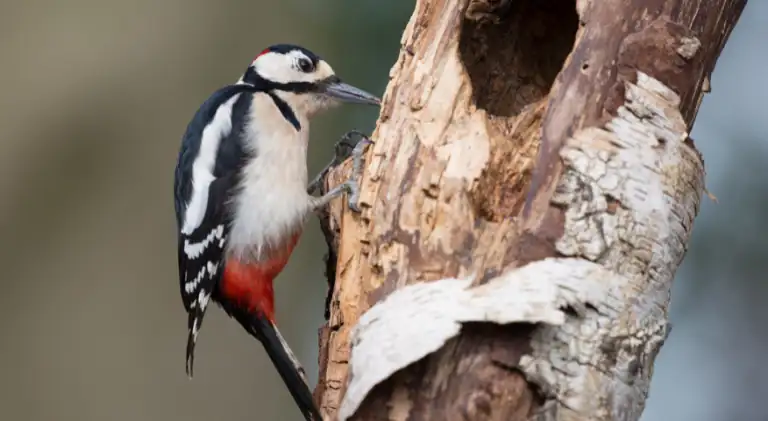
As you can see there are many factors that contribute towards ensuring that woodpeckers don’t sustain injuries when they peck at high speed. The skull, beak, tongue muscles, and neck muscles of woodpeckers work together to absorb the impact generated.
If any of these factors fail to prevent damage, they will definitely injure the brain eventually resulting in death.
Ever wondered why some species of woodpecker have a unique L-shaped tongue while others don’t? Even though all species have a similar skull and muscle structures, why do they have different tongues?
It turns out that having an L-shaped tongue helps them to avoid injuries while pecking at high speeds. Woodpeckers with shorter tongues cannot peck as fast because the tip of their tongues doesn’t reach the D-spot.
Since these birds can’t reach certain parts of trees, they have evolved to depend on the trees which have been already pecked by other woodpeckers.
How strong is a woodpecker’s peck?
Let’s put this into perspective. Humans generate a maximum of 1,000 newtons whenever they strike an object with their hand.
In the case of woodpeckers, the force generated through pecking is around 8,500 newtons. In other words, these birds produce about 800 times more force than what humans produce.
The strongest woodpecker, the Imperial Woodpecker of Mexico, generates around 12,000 newtons when it pecks at a tree. Imagine 800 humans hitting a tree with their palms simultaneously! That’s how much force is generated every time an imperial woodpecker strikes its beak on a tree.
This makes it possible for these birds to chisel away at a tree and get to the insects underneath. The woodpeckers use their tongues to clean the area before eating the insects trapped inside.
Why Woodpeckers Peck
There’s no doubt that these birds spend hours and hours pecking at trees. But why do they need to peck so fast and so hard?
Even though it’s not possible to find out the smallest details when it comes to these birds, scientists estimate that they build nests in trees by pecking at them.
After several years of hard work, these birds dig out deep cavities inside trees with their sharp beaks. These holes are big enough for the birds to comfortably sleep in and protect themselves from predators.
Woodpeckers also use these cavities to raise their young ones. It’s quite amazing how woodpeckers are able to build such huge nests inside trees!
Behavioral Adaptations
During my research on woodpeckers, I noticed some interesting facts. Woodpeckers adjust their head angles after each peck. Apart from that, they take short breaks in between to prevent overworking of the brain.
Why do Woodpeckers Usually Peck in Short Bursts?
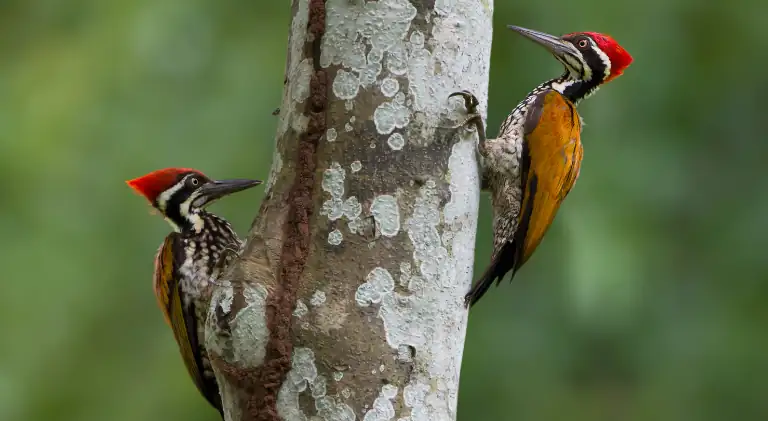
Whenever a woodpecker strikes at a tree, it experiences high levels of G-forces. These forces are much greater than what astronauts feel when they launch into space.
In other words, the force that hits the bird’s body is equivalent to several times more than gravity. Scientists believe that these birds can experience up to 1400 Gs whenever they peck.
Even though woodpeckers are capable of sustaining high Gs, it’s not possible for them to maintain the same level throughout the entire day. Think about this for a moment, If these birds always experienced 1400 Gs, their head would snap off every time they try to bend their necks!
Also Read – Best Bird Feeder for Sunflower Seeds
What Time of Day Do Woodpeckers Peck?
These birds usually peck in the morning and during the afternoon. They take a break for several hours early in the morning or late afternoon to prevent their heads from overheating.
The head of a woodpecker is one of its most important body parts, after all, it’s also responsible for performing other activities such as eating. When the birds are not pecking, they use their tongues to clean their bills.
Final Words
I hope after reading this guide you will now understand how do woodpeckers peck so fast. As you’ve studied above woodpeckers have a well-developed beak and a strong skull.
Besides that their muscles are evolved in such a way that they can generate a massive amount of force. These are all the factors that help the woodpeckers to peck so fast and drill almost flawless holes in tree stems.
By looking at nature we can conclude that almost everything is created in a perfect way. See how these tiny birds can drill holes and create absolutely stunning nests inside the tree stems.
I hope you’ve enjoyed reading this article. If there is something you want to ask please feel free to let me know. As always stay tuned for more interesting articles and don’t forget to share this one with your friends and family.
Thank you so much for your time
Happy birdwatching!

